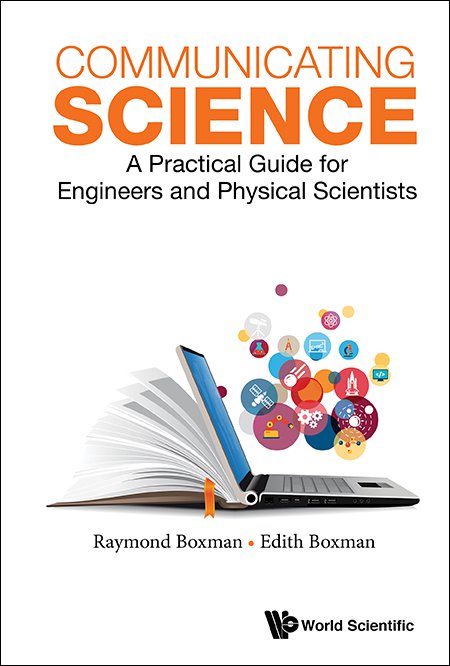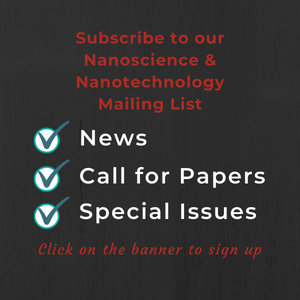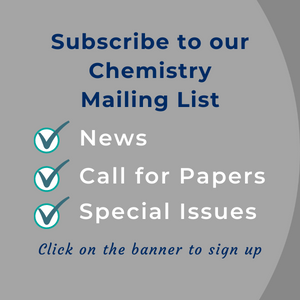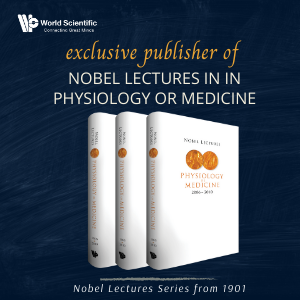System Upgrade on Tue, May 28th, 2024 at 2am (EDT)
Existing users will be able to log into the site and access content. However, E-commerce and registration of new users may not be available for up to 12 hours.For online purchase, please visit us again. Contact us at customercare@wspc.com for any enquiries.
"The book under review is indeed a guide, and a practical one too, but it is not only for engineers and physical scientists — it is useful to all those who communicate technical information or need to and want to do the job well. The book achieves the objectives: every PhD student may not want to read the book, but should — and will not regret it."
Read this book before you write your thesis or journal paper! Communicating Science is a textbook and reference on scientific writing oriented primarily at researchers in the physical sciences and engineering. It is written from the perspective of an experienced researcher. It draws on the authors' experience of teaching and working with both native English speakers and English as a Second Language (ESL) writers. For the range of topics covered, this book is relatively short and tersely written, in order to appeal to busy researchers.
Communicating Science offers comprehensive guidance on:
- Research reports: journal papers, theses, and internal reports
- Review and publication process
- Conference and seminar presentations: lectures and posters
- Research proposals
- Business plans
- Patents
- Popular media
- Correspondence, CV's, and job hunting
- Writing well: writing strategies and guidance on English composition and grammar
Graduate students and early career researchers will be guided through the researcher's basic communication tasks: writing theses, journal papers, and internal reports, presenting lectures and posters, and preparing research proposals. Extensive best practice examples and analyses of common problems are presented. Advanced researchers who aim to commercialize their research results will be introduced to business plans and patents, so that they can communicate optimally with patent attorneys and business analysts. Likewise, advanced researchers will be assisted in conveying the results of their research to the industrial and business community, governmental circles, and the general public in the chapter on popular media. Researchers at all levels will find the chapter on CV's and job hunting helpful. The Writing Well chapter will assist researchers to improve their English usage in scientific writing. This chapter is oriented both at native English speakers, who have an intuitive command of English but often lack formal instruction on grammar and structure, and non-native English writers, who often have had formal instruction but lack intuitive grasp of what sounds good.
Mentors will find the book a useful tool for systematically guiding their students in their early writing efforts. If your students read this book first, you will save time! Communicating Science may serve as a textbook for graduate level courses in scientific writing.
Professor Ray Boxman’s Lectures on Communicating ScienceHow to Write a Good Paper (and Thesis) Oral and Poster Presentation: How to Make the Most of 15 Minutes! |
Lesson Plan Outline by Raymond and Edith Boxman (300 KB)
Sample Chapter(s)
Chapter 1: Introduction (517 KB)
- Research Reports: Journal Papers, Theses, and Internal Reports
- Submitting a Paper and the Review Process
- Conference Presentations: Lectures and Posters
- Research Proposals
- Business Plans
- Patents
- Reports in the Popular Media
- Correspondence and Job Hunting
- Writing Well: Organization, Grammar and Style



























